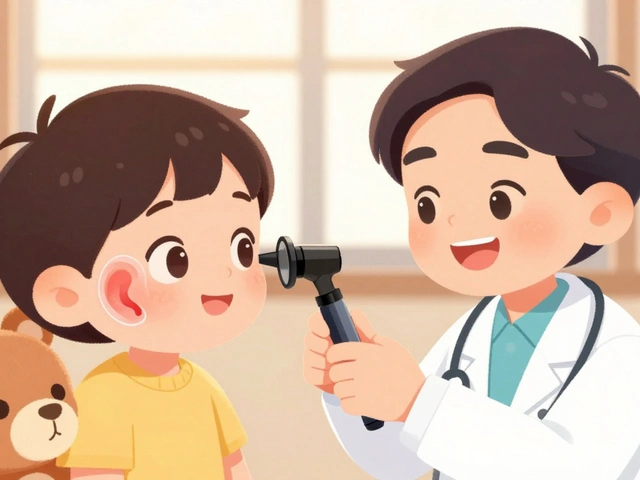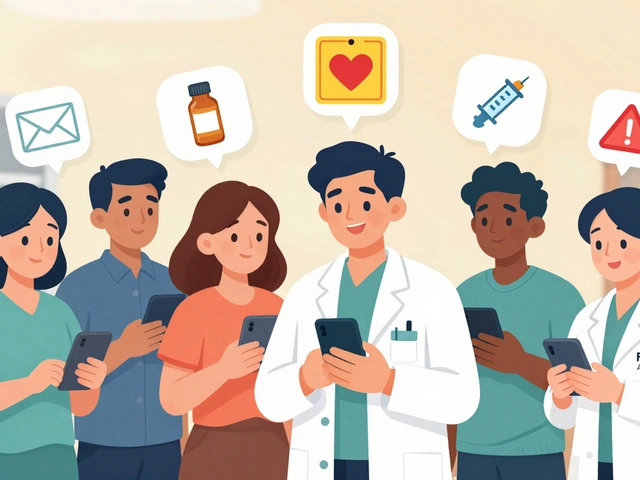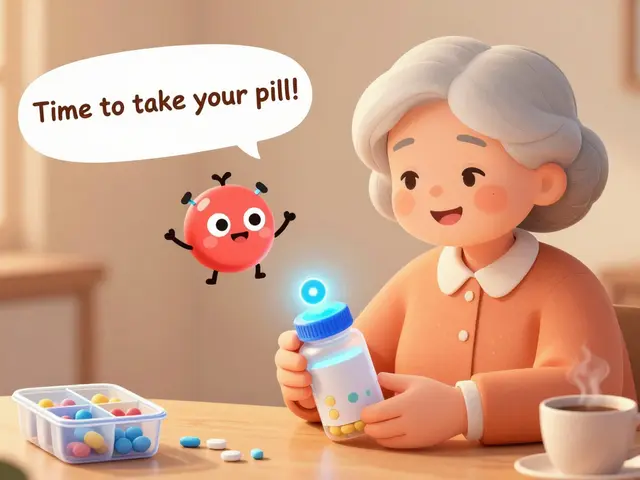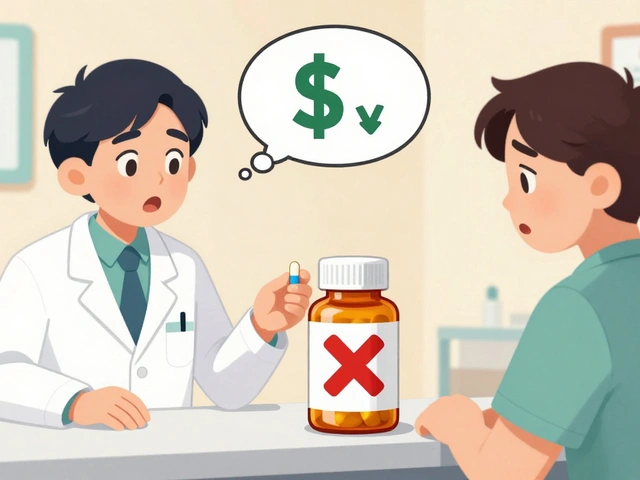Tuberculosis Awareness: Facts, Prevention, and Treatment
When working with Tuberculosis Awareness, the effort to inform individuals and communities about TB, its spread, symptoms, and ways to stop it. Also known as TB awareness, it plays a crucial role in public health and personal safety. This page gives you a quick, plain‑English rundown of the most important pieces you need to know before you dive into the articles below.
Understanding Mycobacterium tuberculosis, the bacterium that causes TB is the first step. The microbe spreads through the air when an infected person coughs or sneezes, and it can settle in the lungs of anyone nearby. Not everyone who inhales the bacteria gets sick right away; many develop Latent TB infection, a quiet stage where the bacteria live without causing illness. People with latent infection feel fine, but they carry a risk of turning into active disease later, especially if their immune system weakens. Spotting this hidden risk early through screening saves lives.
One of the oldest tools in the fight is the BCG vaccine, a childhood shot that reduces severe TB in kids. While it doesn’t prevent all infections, it dramatically cuts the chance of dangerous forms like TB meningitis and disseminated disease in children. Public‑health programs combine vaccination with routine skin‑test or blood‑test screening, especially in high‑risk groups such as healthcare workers, people living with HIV, and close contacts of active cases. Together, vaccination and targeted screening create a two‑layer shield.
In recent years Drug-resistant TB, forms of TB that do not respond to standard antibiotics has emerged as a big challenge. When the bacterium mutates or patients don’t finish their drug course, it can become resistant to first‑line medicines like isoniazid and rifampin. This forces doctors to turn to second‑line drugs, which are often more toxic, costlier, and require longer treatment. The rise of resistant strains influences everything from diagnostic testing to the design of national treatment guidelines, making awareness and adherence more important than ever.
Why does all this matter for you right now? Because tuberculosis remains one of the top infectious killers worldwide, and a single missed case can spark an outbreak in a crowded setting. Knowing the signs—persistent cough, night sweats, weight loss, and fever—lets you act fast. Knowing where to get a reliable test, how vaccination fits in, and why completing therapy matters empowers you to protect yourself and those around you. The more people understand these links, the easier it is to break the chain of transmission.
What You’ll Find Below
Below you’ll see a curated collection of articles that explore related medicines, diagnostic tips, and public‑health strategies. Whether you’re interested in comparing antibiotics, learning about new treatment options, or just want a solid refresher on TB basics, the posts are organized to give you quick, actionable insights. Let’s get into the details and help you stay informed.
Breaking the Silence: Overcoming Pulmonary Tuberculosis Stigma
Explore why pulmonary tuberculosis stigma persists, its health impacts, and actionable steps to break the silence and support affected communities.
Read More





